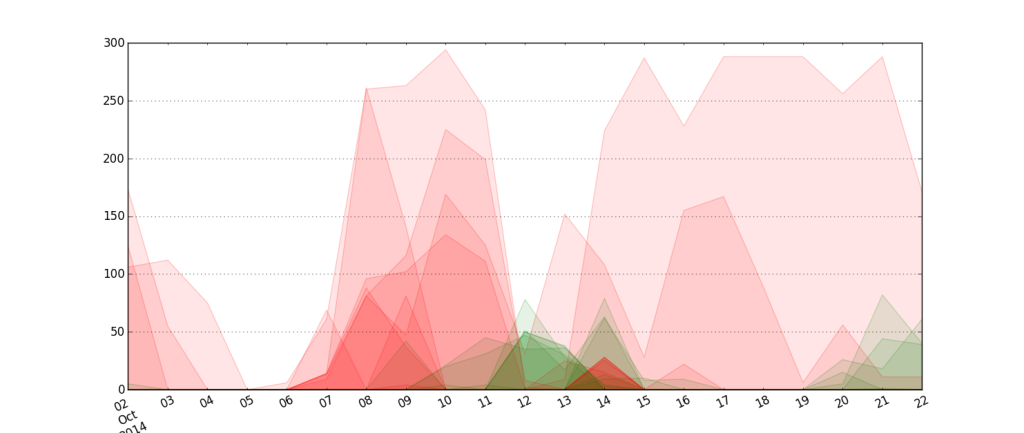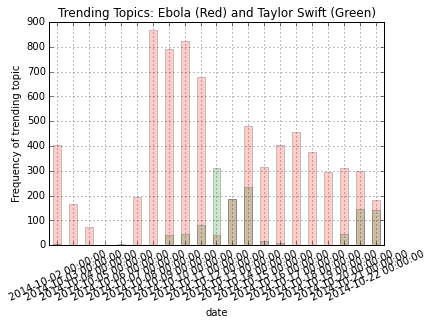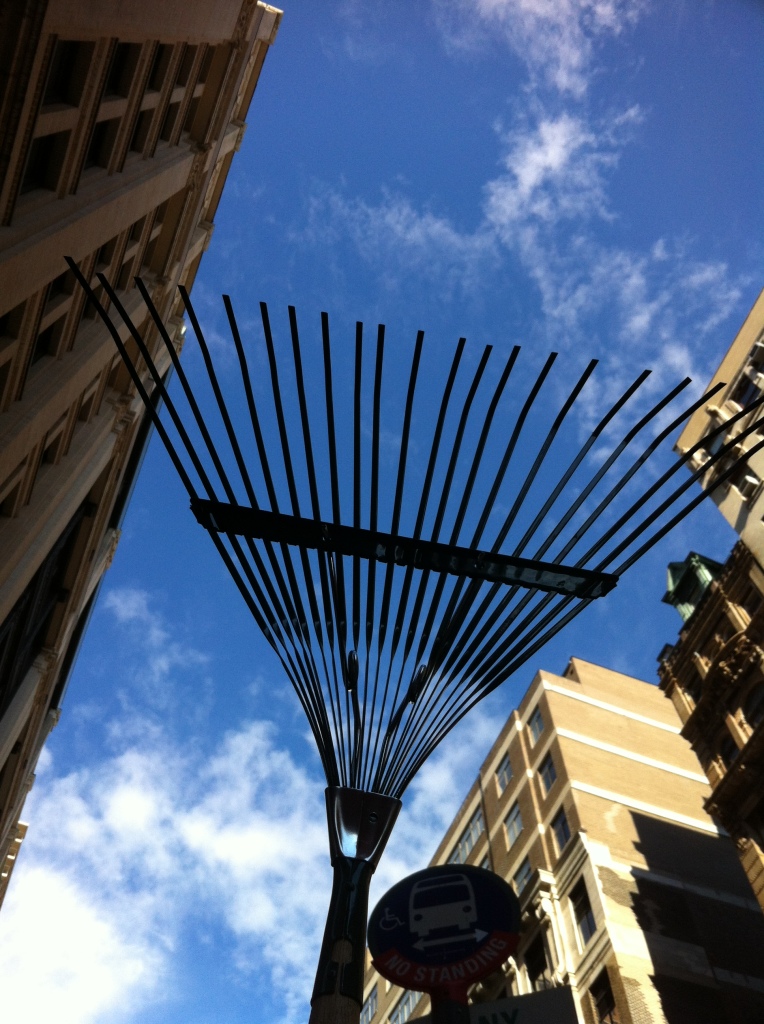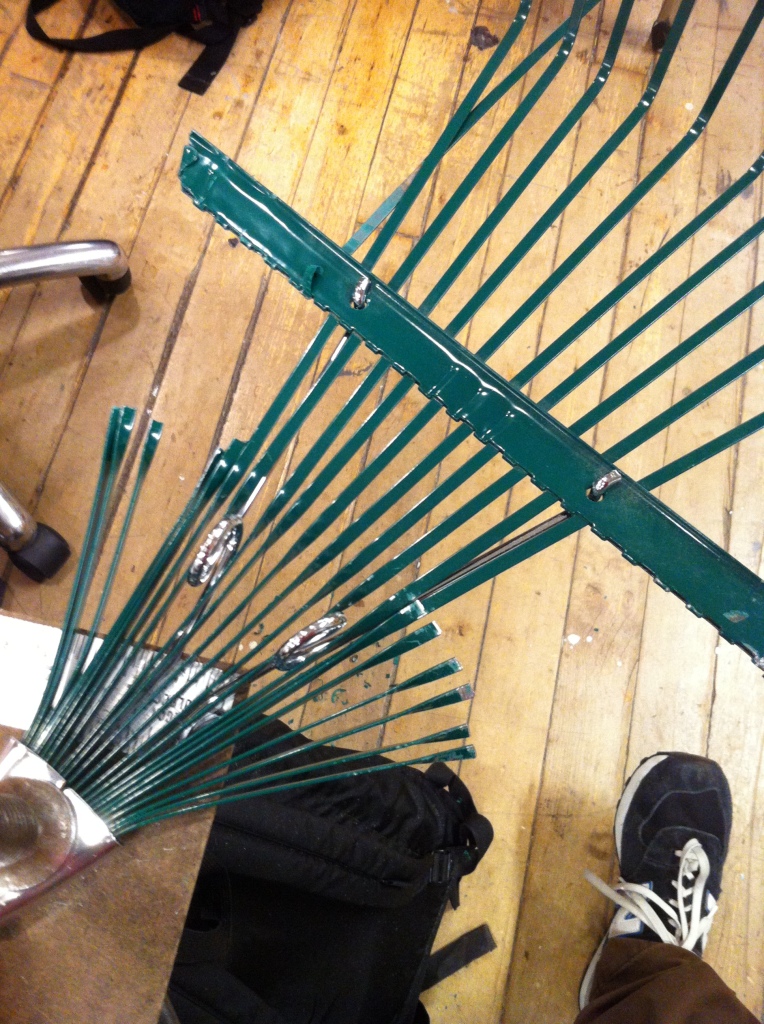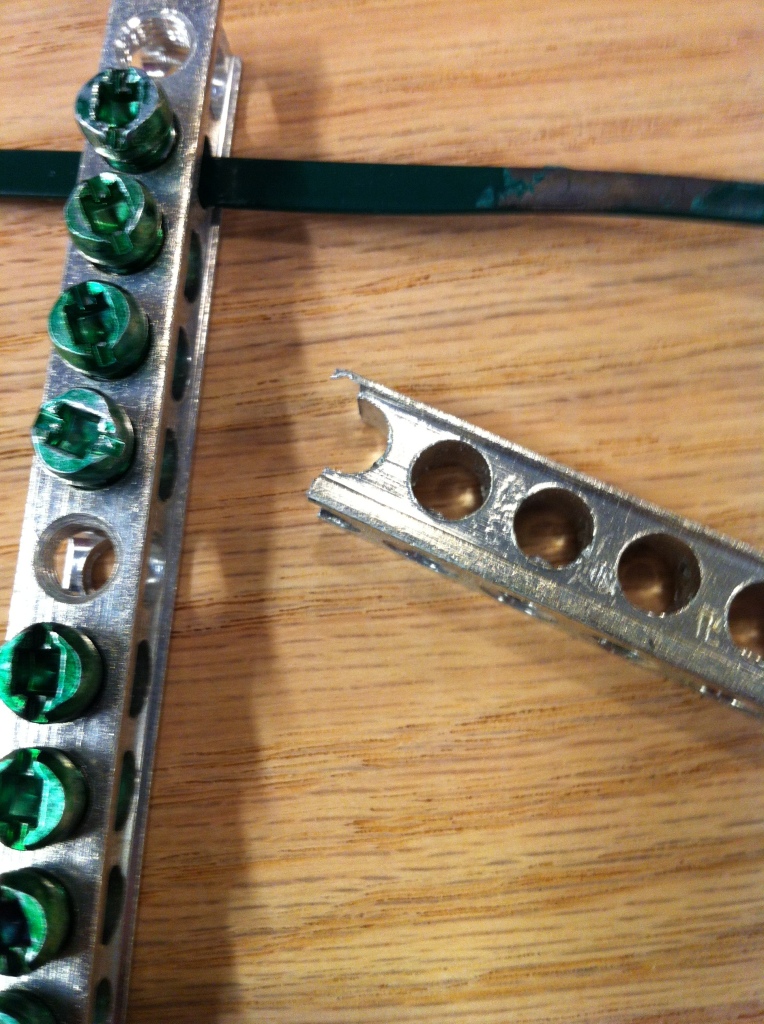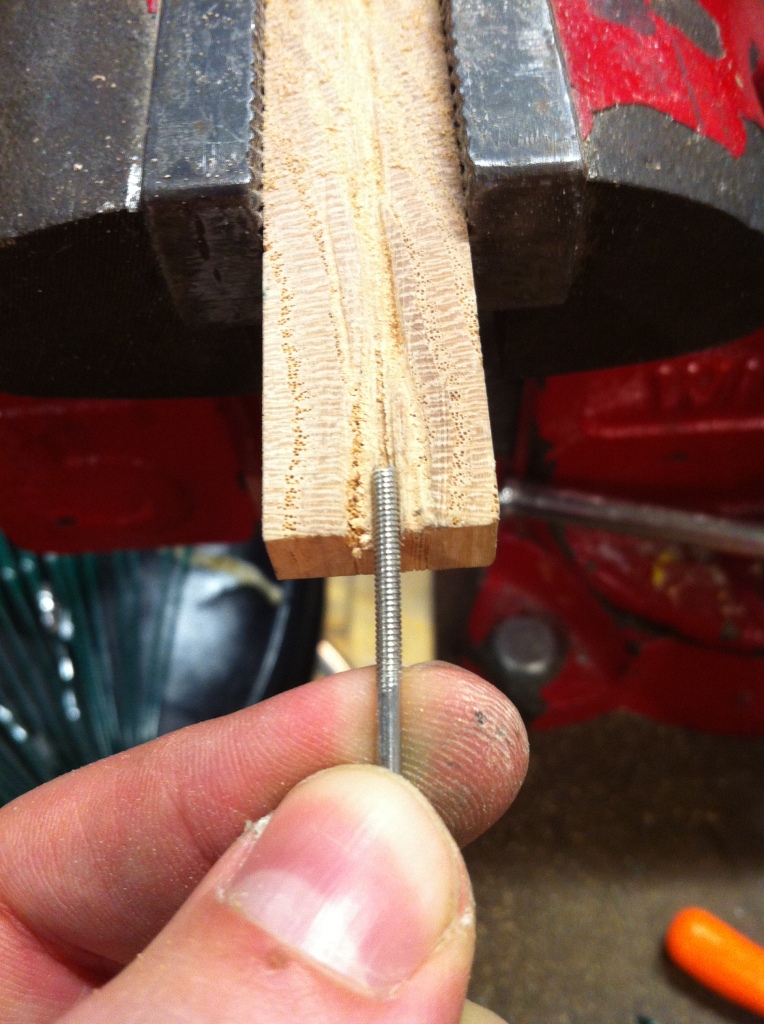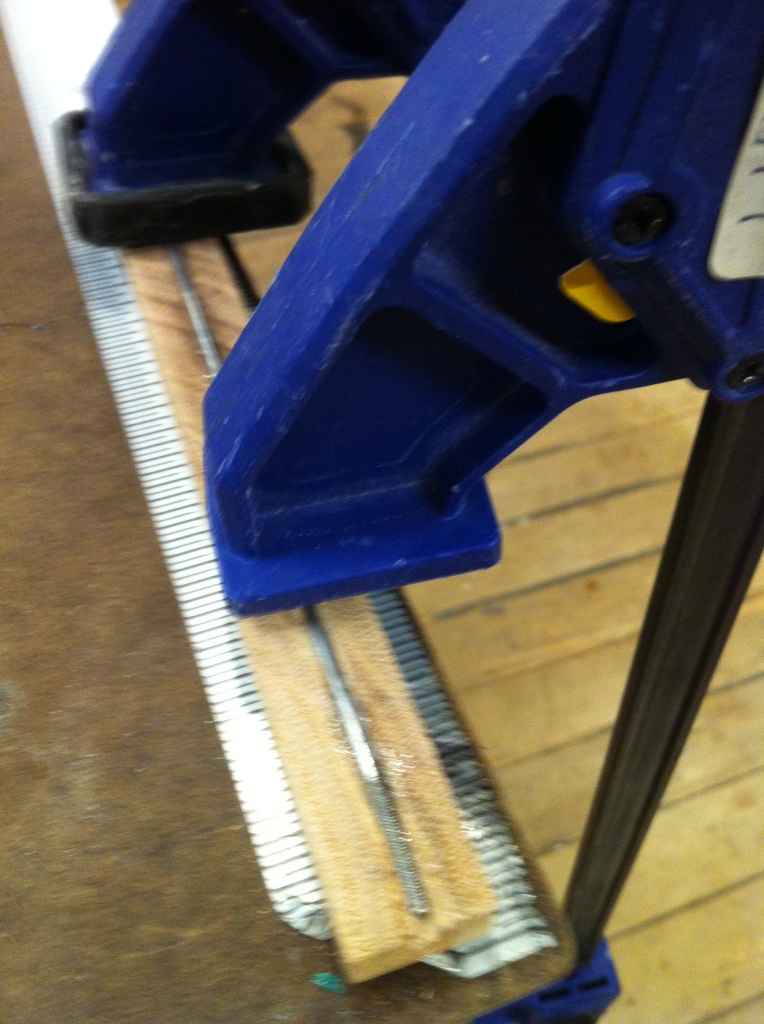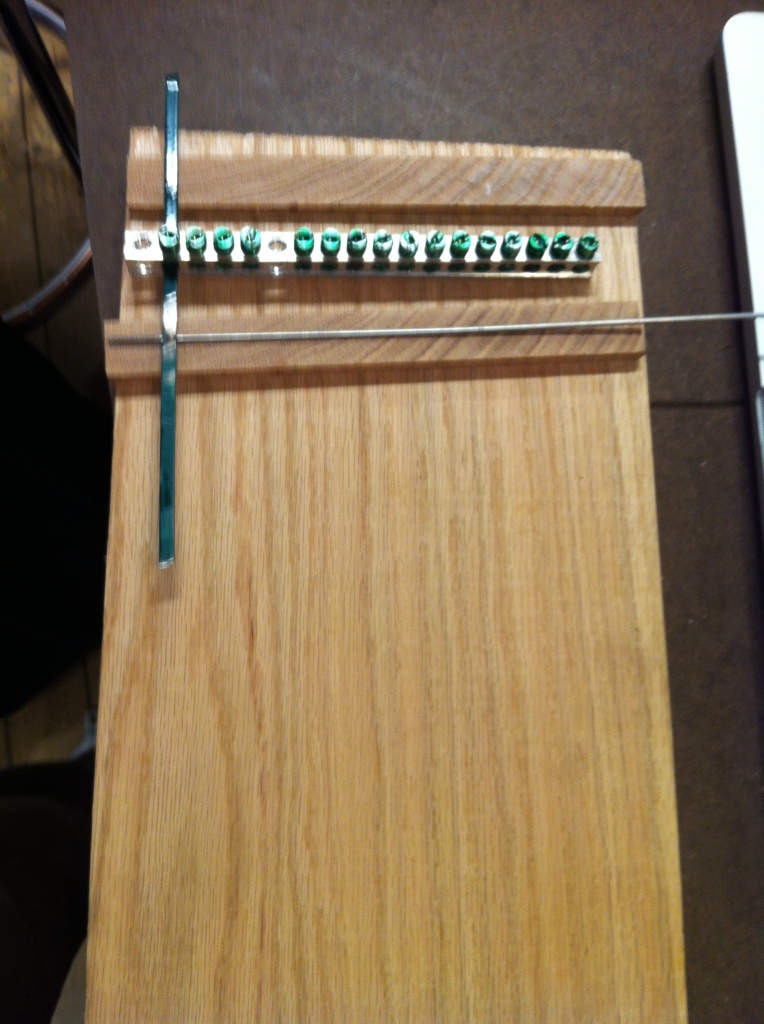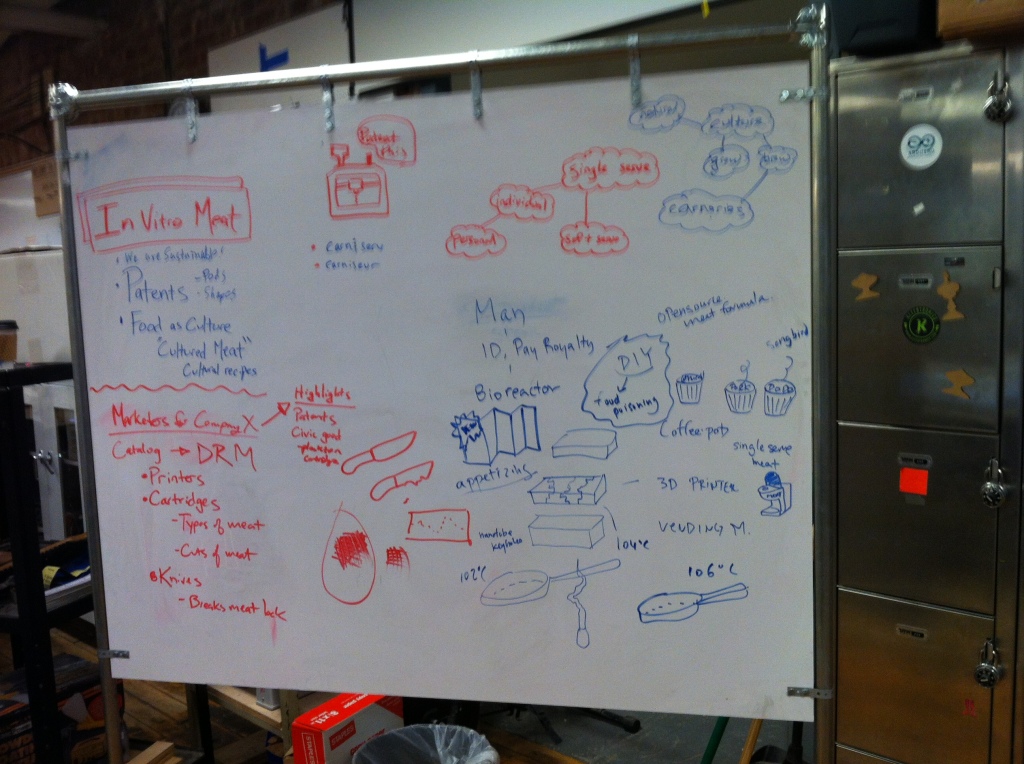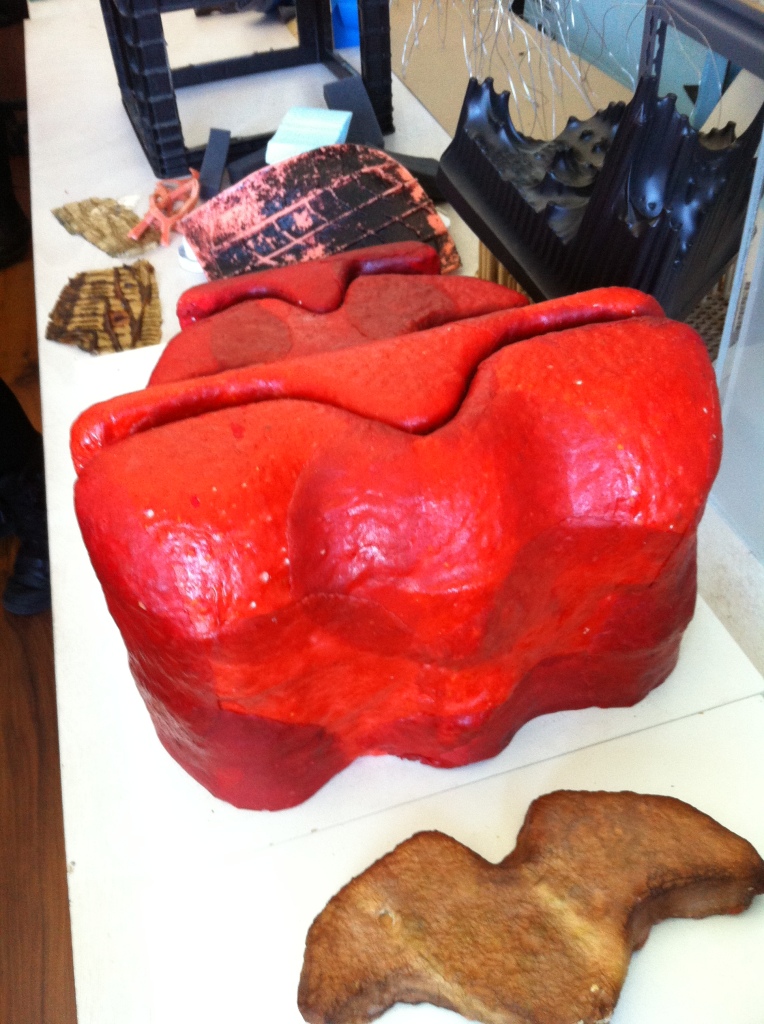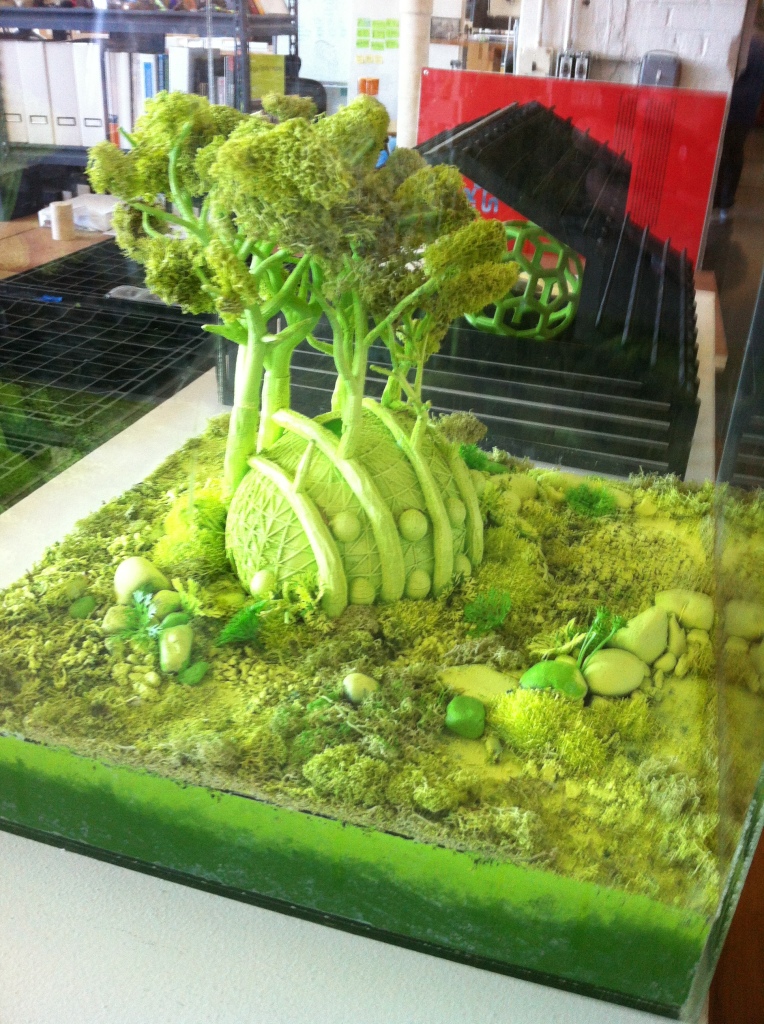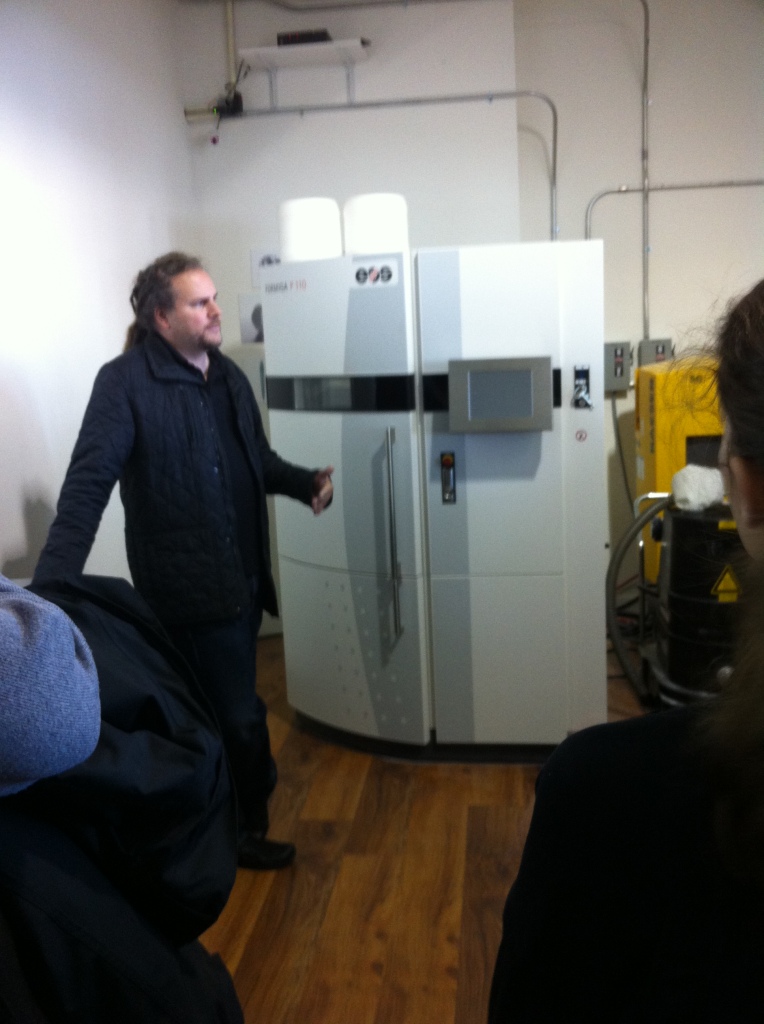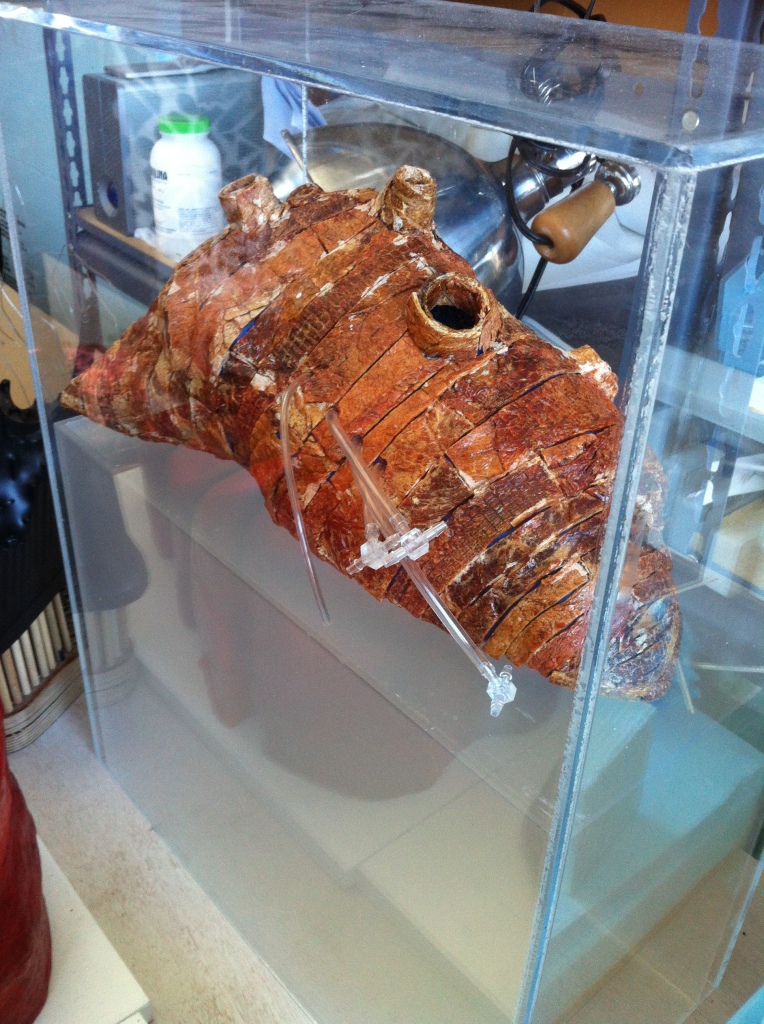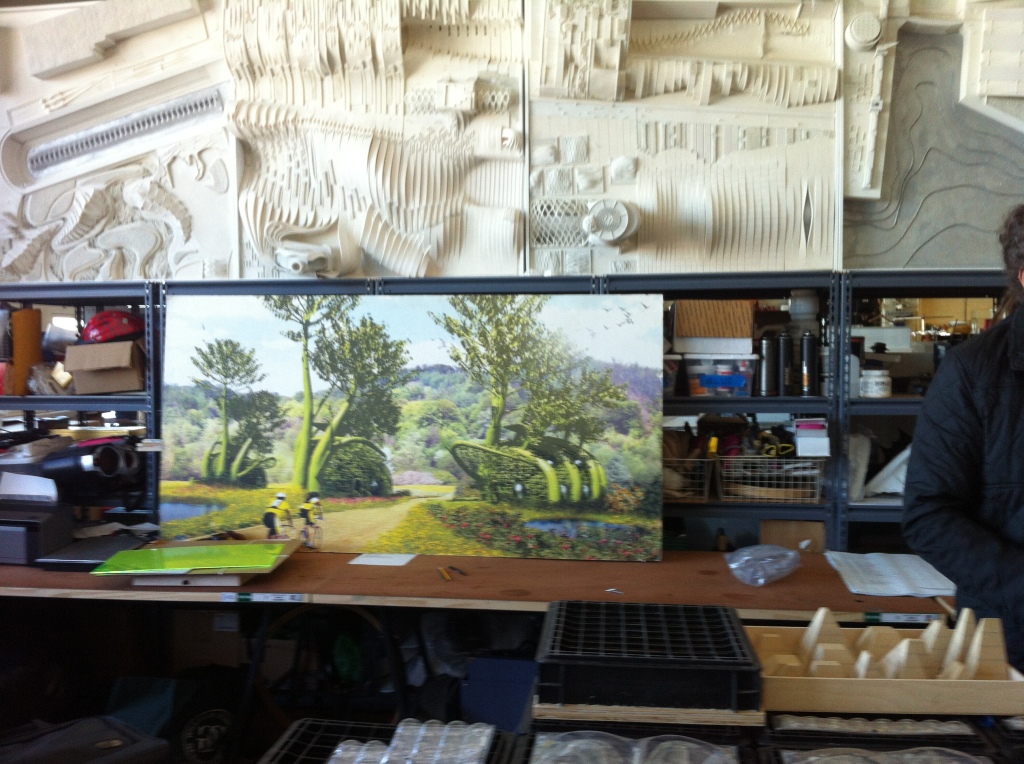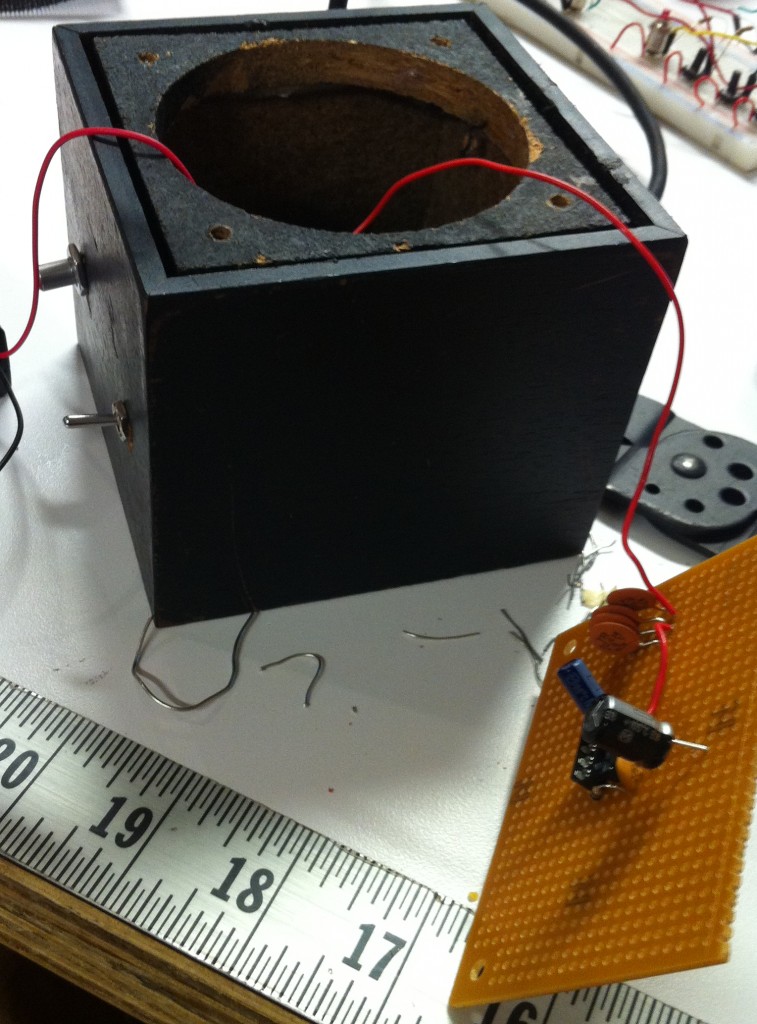I thought it might be interesting to plot two very different trending topics over time using Twitter Trending Topic data. I imagined the twitterverse would be caught up in a pop culture vortex anticipating Taylor Swift’s new album, but in fact, all it took was one Ebola case in the US to turn it into a massively trending topic. Ebola has trended 78709 times this month, while Taylor Swift has trended only 3253 times. Obviously this is not a fair or appropriate juxtaposition, but I went ahead with it anyway.
For the Taylor Swift plot, a key date is Oct 21st when Taylor Swift accidentally released 8 seconds of white noise on iTunes in Canada, topping the Canadian charts. Oct 12th she made TV appearances and announced that she would release a new single on Oct 14th.
For the Ebola plot, a key date is the first death from the virus in the US on Oct 8th—leading to a huge spike in twitterverse. On Oct 13th, a nurse who became infected was identified and revealed to be on the road to recovery, and there is another spike.
I used the top locations where Taylor Swift was trending for both plots. Below is the full list of top 10 for each topic. Interestingly, Ottawa is the most on top of both of these trends.
# of times “Ebola” was in the Trending Topics this month:
Ottawa 2520
Toronto 1745
Portsmouth 1666
Bristol 1603
Austin 1542
Denver 1482
Birmingham 1471
New Orleans 1464
Cincinnati 1461
Winnipeg 1429
Norfolk 1409
Indianapolis 1308
San Antonio 1274
Atlanta 1269
Detroit 1268
Orlando 1248
Dublin 1245
Dallas-Ft. Worth 1236
Providence 1231
Phoenix 1222
# of times “Taylor Swift” was in the Trending Topics this month:
Ottawa 184
Brisbane 146
Birmingham 141
Kuala Lumpur 140
Dublin 140
Manchester 132
Brighton 106
Calgary 96
Leicester 88
Sheffield 87
Glasgow 82
Salt Lake City 75
Klang 73
San Diego 71
Bekasi 69
Nottingham 69
Cardiff 68
Charlotte 67
Belfast 66
Perth 63
It might be more interesting to try to plot the tone of the phrases people use in regards to these two topics. I’ll save that for another day.
